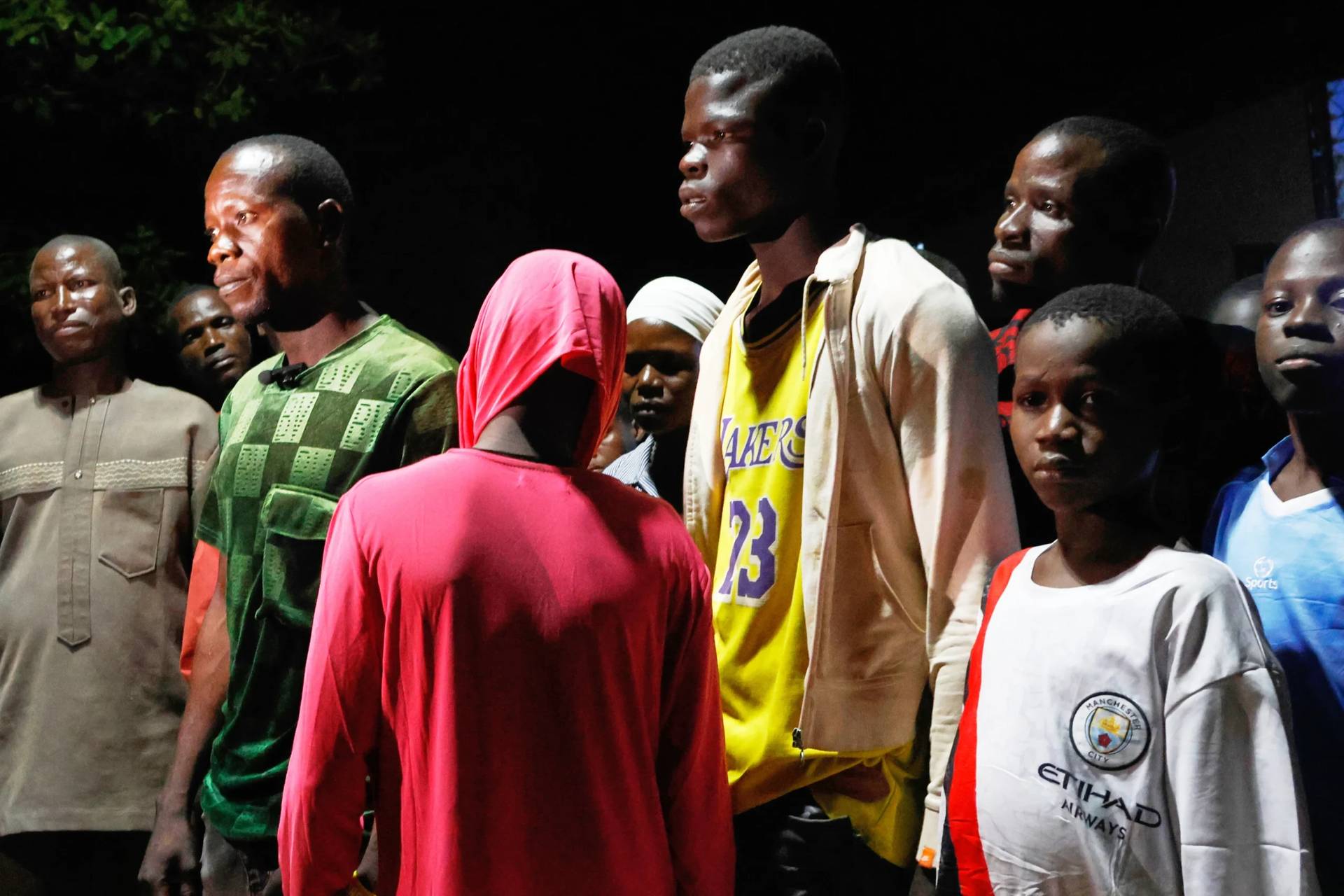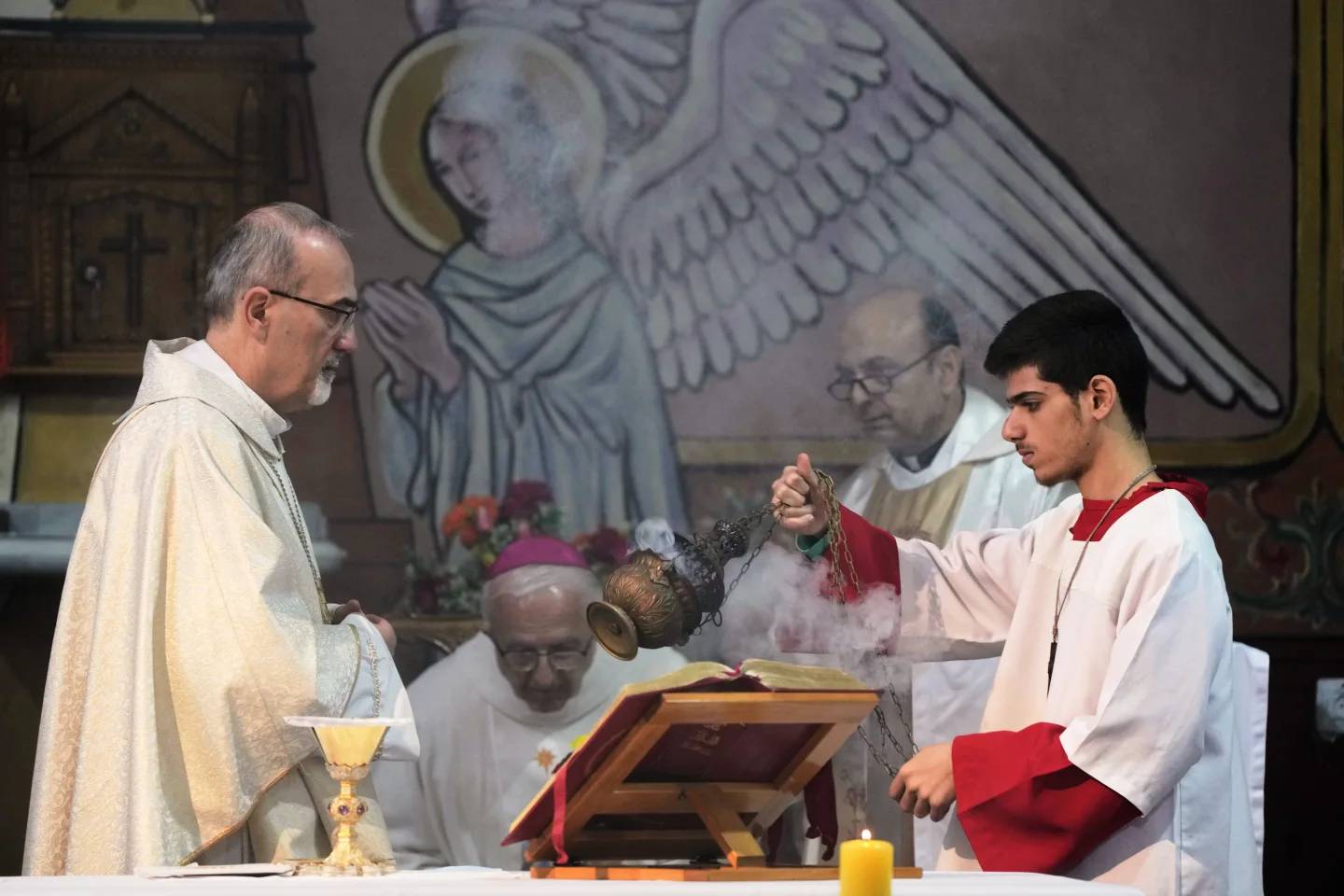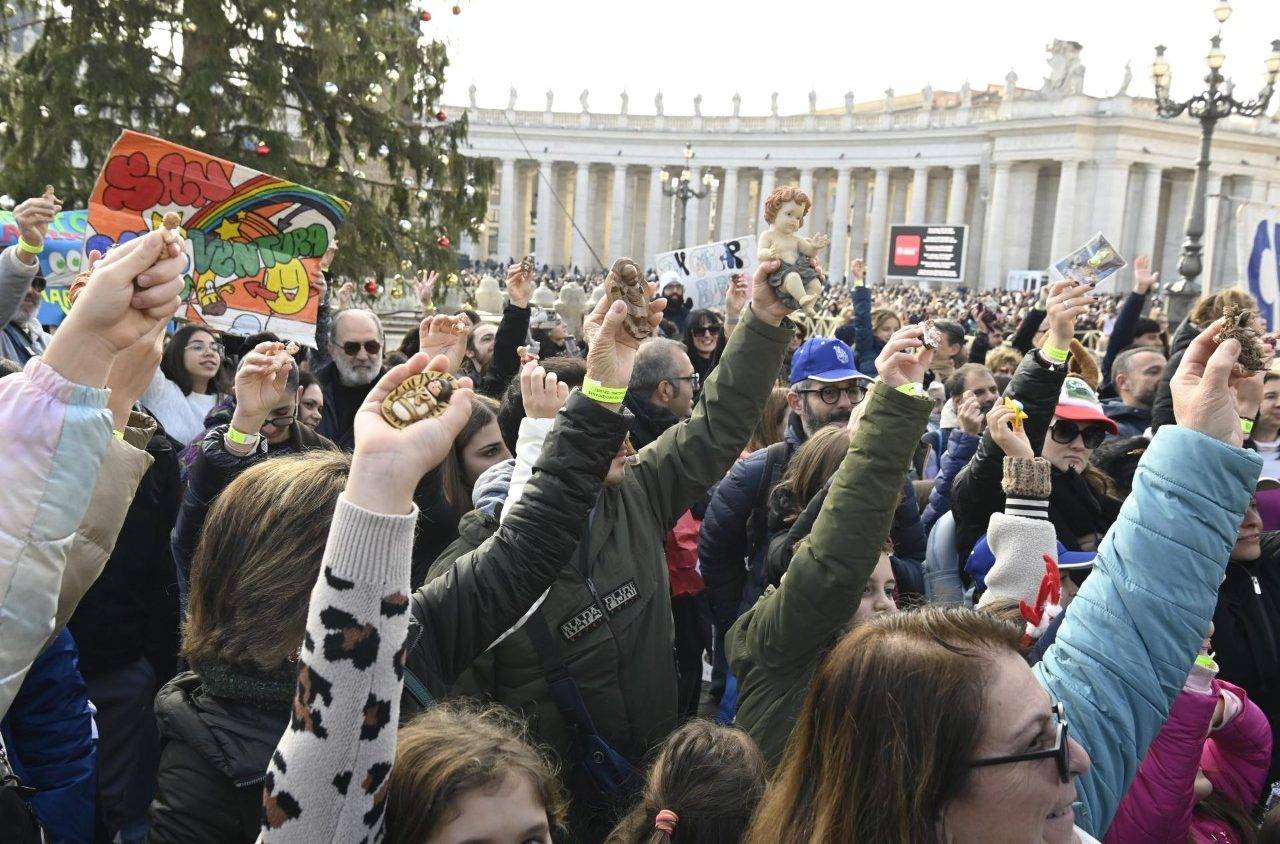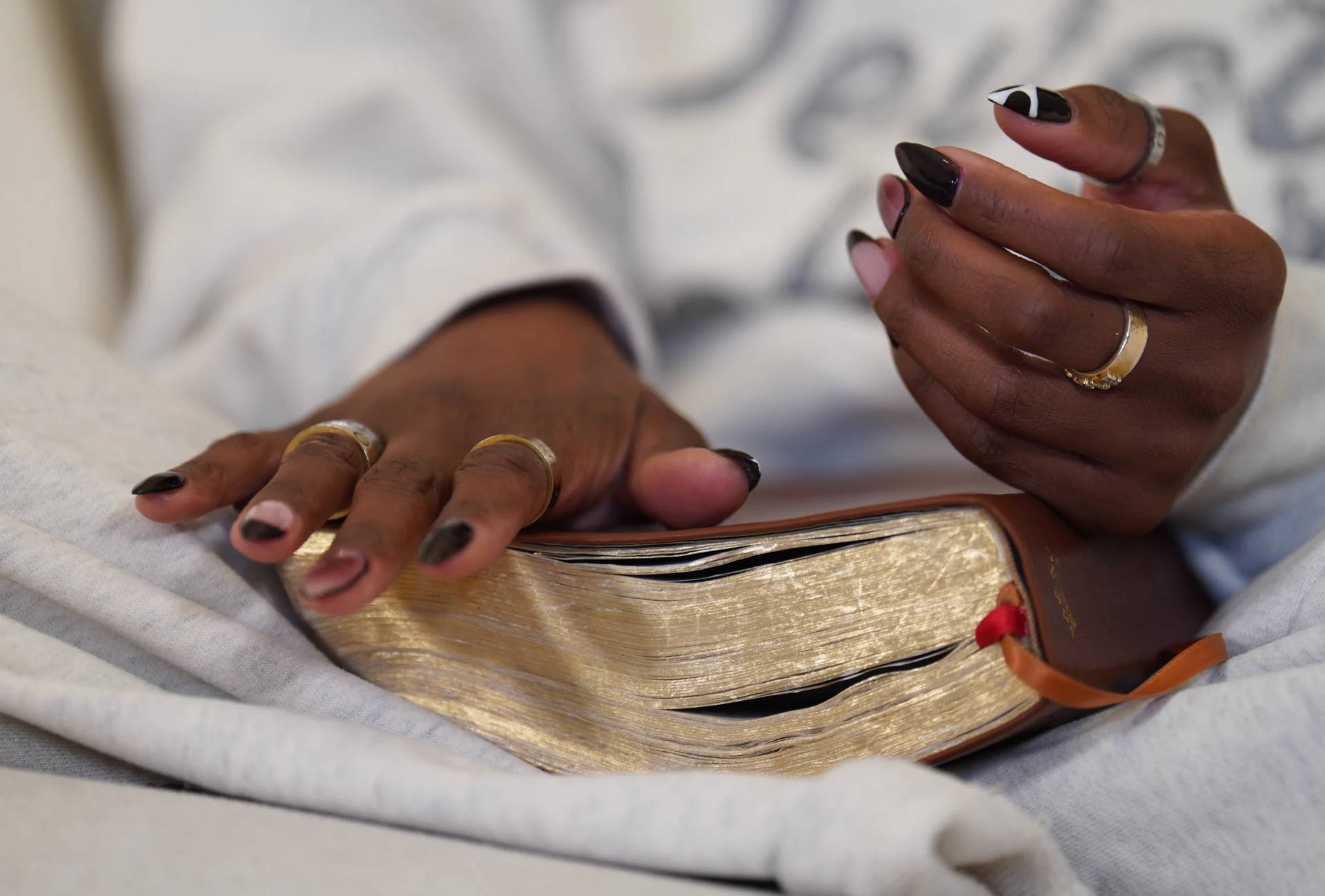NEW YORK — When Father Michael Garvey arrived for his shift as a chaplain at the Ascension Sacred Heart Hospital in Pensacola, Florida, on Tuesday, his first stop was the coronavirus floor, right now full with 24 patients.
“It’s daunting,” Garvey told Crux. “But maybe the best thing is really to know you’re needed and maybe the other best thing is bringing Christ and the love of God to those people.”
At the AMITA Health Holy Family Medical Center in Des Plaines, Illinois, critical care nurse Sister Maria Magdalena Rybak arrived at a similar reality of an intensive care unit and coronavirus floor at capacity – two places where she is often the last person to see a patient before they die.
“I think about their families. That they cannot be with them, cannot hold them. We do our best, but yet we are not their family so being in that role is very emotional and difficult because I always put myself in their shoes as their mother or father,” Rybak said.
Though their positions are different, like other Catholic priests and sisters nationwide Garvey and Rybak continue to care for coronavirus patients through the second wave.
As of Wednesday morning, the United States had surpassed 300,000 deaths, and over 16.3 million confirmed coronavirus cases, according to Center for Disease Control data. Both are the most of any country.
Rybak works in the intensive care unit and inpatient care department of the 128-bed Des Plaines hospital. She visits patients in full personal protective equipment – often with her name written across her face mask so patients can recognize her – and marvels at the hope they maintain through what could be a dire situation.
“Especially those not on ventilators, I walk into their room and see their smile. I’m taken aback because it’s been so many weeks and they say they have to do what they have to do to get better,” Rybak said. “They give me more hope than I give them.”
Speaking with Crux, Rybak notes that while she wears full PPE – gloves, a mask, a face shield – only her eyes are visible, which prevents her from reciprocating that message through facial expressions. Instead, she tries to provide a positive message through reassurance of voice and prayer.
The patient’s family is typically brought in virtually. While they say goodbye to their loved one, Rybak touches the patient’s hand, forehead or cheek as the family members would have under normal circumstances.
“It’s just hard to know that the most basic need that we have as human beings, our spiritual need to have the presence of loved ones, they were deprived of it,” she said.
Garvey doesn’t interact with patients in quite the same way as a hospital chaplain. When he is at the 561-bed Pensacola hospital he offers a midday Mass for patients to livestream.
Otherwise, he talks with them over the phone. Garvey doesn’t enter rooms, but he’ll set up just outside of a room, in front of the window to create semblance of a physical presence. That was the setting of a conversation he had with a Navy veteran earlier this week.
“This patient just arrived (Monday) and they had some stuff tough ahead of them and we had a very nice visit. We got to share some stories about our careers and what’s gone on and talked about the spiritual part of that too,” said Garvey, a former Navy chaplain.
“I try to do what I can. I trust in the grace of God that this is where I belong at this time in my life. Therefore, there’s an appreciation, an edge when I come in.”
While Garvey and Rybak work to help those infected with COVID-19, there are others that work to prevent the high-risk, elderly populations of nursing homes from contracting the virus in the first place.
Many skilled nursing facilities nationwide have been ravaged by the virus. New York in particular has had 4,869 nursing home resident deaths related to coronavirus, according to the latest CDC data.
The 75-resident Queen of Peace Residence nursing home in Queens, however, remains almost unscathed with only one positive case and no deaths as of this week. The Little Sisters of the Poor Catholic sisters point to their diligence and commitment to the safety guidelines as reasons for the nursing home’s success.
They’ve also kept worship a key part of the resident’s daily routine to keep them hopeful.
“One thing that has impressed me so much is the hope that residents find in the Holy Eucharist,” said Sister Maria Catherine, a supervisor at the nursing home.
“It’s arranged so that the Holy Communion is distributed to each resident that wants to receive it shortly before the Mass begins. You can just see in their eyes and how they respond that they receive it as a sense of nourishment,” she told Crux.
Sister Kieran Williams follows similar lockdown protocols and Mass set up at Marywood Heights Nursing Home in Scranton, Pennsylvania. In the absence of family this holiday season, she does what she can to keep the residents upbeat and hopeful.
“My responsibility is to provide hope, honesty and also trusting in the providence of God,” said Williams, the nursing home’s pastoral care coordinator. “When I’m with them I think the most important thing is to listen to the residents and their concerns. They are concerned. We share stories. We pray together.”
This time of year, spreading some holiday cheer is also a top priority. Last week Williams went to each room setting up Christmas decorations dropped off by the residents’ families. Each resident also got hot chocolate and cookie deliveries from the staff.
To make their work possible all staff get tested twice a week. Williams said it’s worth the discomfort.
“You don’t want something stuck up your nose twice a week. But all of the sudden it doesn’t hurt anymore because you’re doing it for the residents, for your families, for the staff. Whatever we have to do, the ultimate goal is safety for everyone,” she said.
Follow John Lavenburg on Twitter: @johnlavenburg















